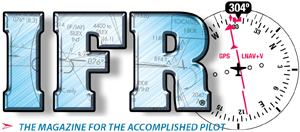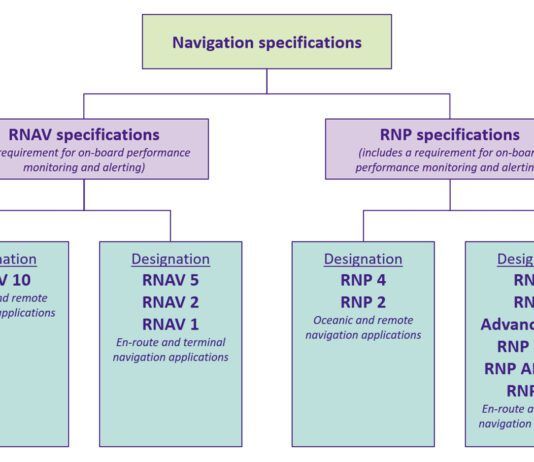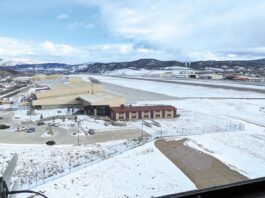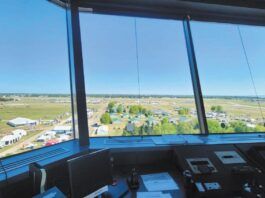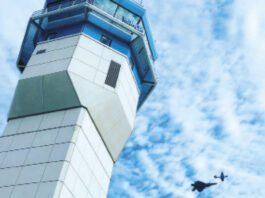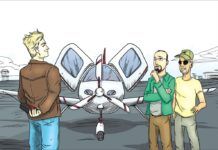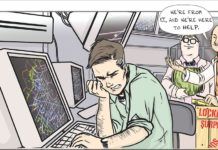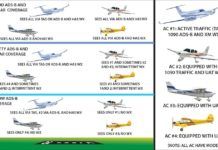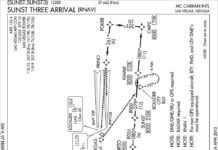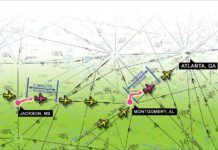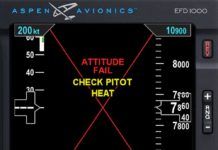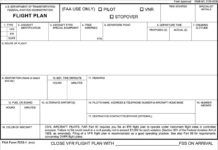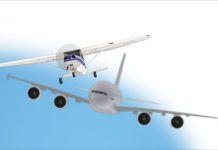Searching the Sky
Its all Chets fault. The whole thing had started over beers, with Brian regaling us with details of his latest foray down south in his Cirrus.
Stratus for ipad ADS-B
ADS-B weather for the iPad has been around for a while, but this is the first year pilots get some real choices. Baron released its Mobile Link with XM weather for the iPad. SkyRadar, which puts ADS-B weather into WingX on the iPad, just released a new device. FreeFlight Systems is promising an in-panel, complete ADS-B solution (traffic and weather) that will wirelessly send data to the iPad.
Getting All the NOTAMs
A few years ago, I managed to shoot an approach to minimums and not even know it. I was hauling cargo from Memphis to St. Louis Downtown. The forecasts at St. Louis werent all that bad, maybe 1000 overcast and three miles visibility. When I picked up ATIS, it had worsened to 400 and a mile. Eh, no sweat for a freight dog. I shot the ILS and landed uneventfully.
Nexgens Missing Link
For an industry where speed is measured in hundreds of knots, changes in technology do not arrive quickly or easily to aviation.
An ADS-B Game plan
Recently an FAA-sponsored committee recommended the FAA not require equipage for ADS-B In, saying theres no good business case. Is this great, money-saving news for you?
ATC Improv in Decline
Heres a sobering stat: Odds are that an air traffic controller youre talking to at any given moment has less than four years of on-the-job experience. That shouldnt be a surprise if youve been following this issue for the past few years.
Automation Awry
An increasing amount of instrument flying is done using technologically advanced airplanes and sophisticated avionics. Correct use of automation improves safety immensely by giving...
Resume What Speed?
Back in February we took a look at the PUFFR ONE arrival into Denver Centennial and highlighted how a "descend via" arrival clearance with...
The Invisible Hand
Imagine a Piper J3 Cub parked beside a mighty double-decker Airbus A380. The two airplanes couldn't be more different, yet both function on the...
Dont Fear The Red X
As a technician, I think of EFIS in terms of failures. While most pilots don't need to dig deep into system schematics, a little...
ICAO Flight Plans
If the international aviation bureaucracy were ever mated with a one-size-fits-all computer program, the progeny might well be the ICAO International Flight Plan. Everything anyone might wish to know has a place on this form. But, in case theres an obscure bit of trivia without a special code or box in which to put it, theres a way to handle that. If Wilbur and Orville had been faced with anything like this, wed still be…
On The Visual
Instrument training is naturally geared towards technology-heavy procedures like ILS, VOR and RNAV approaches. In poor weather these instrument procedures are the only way to land, but when the weathers good, theres another option.
